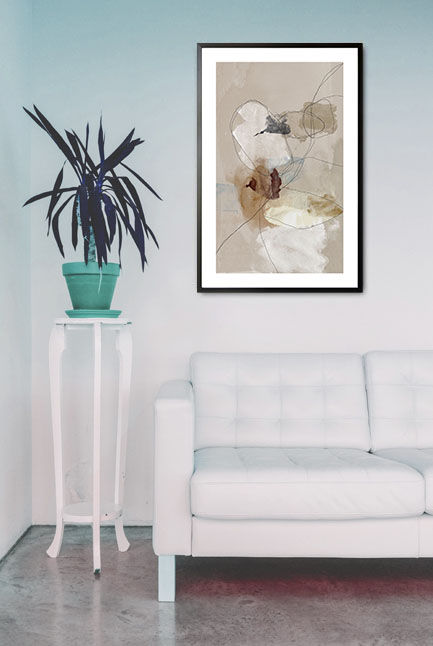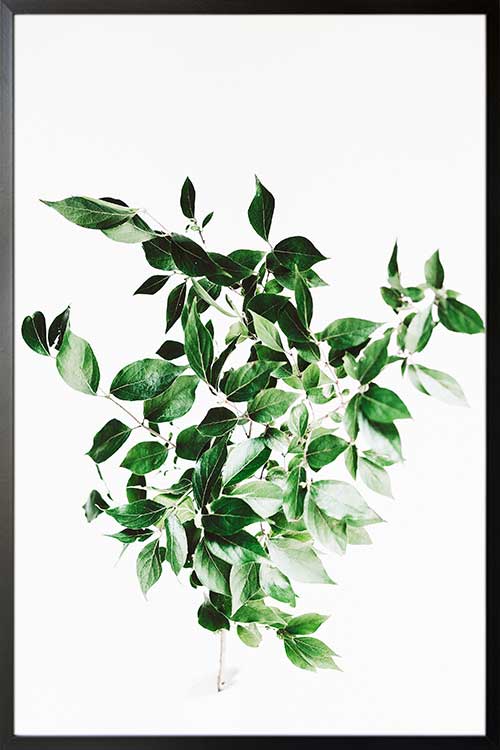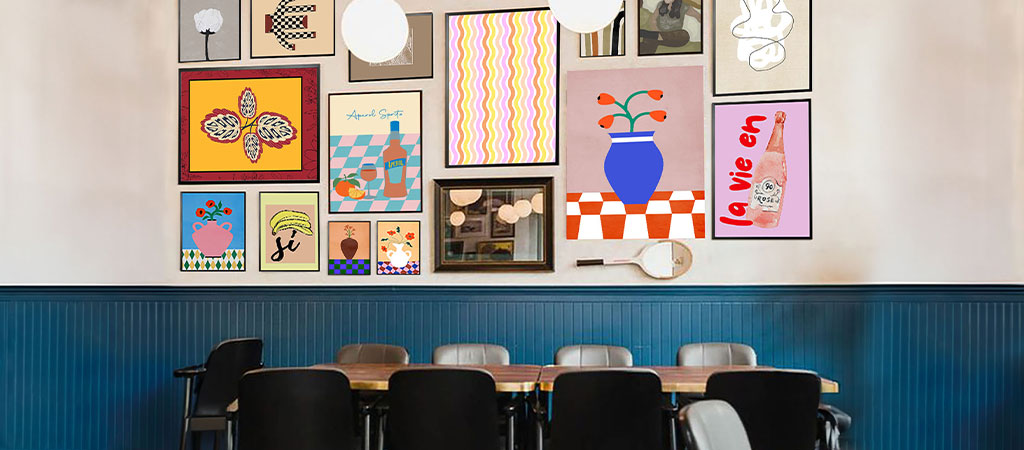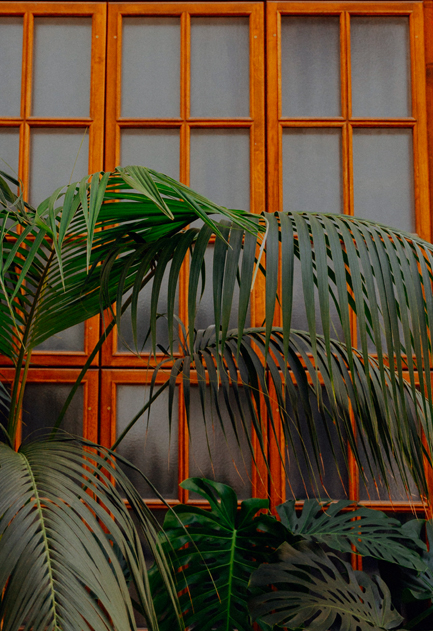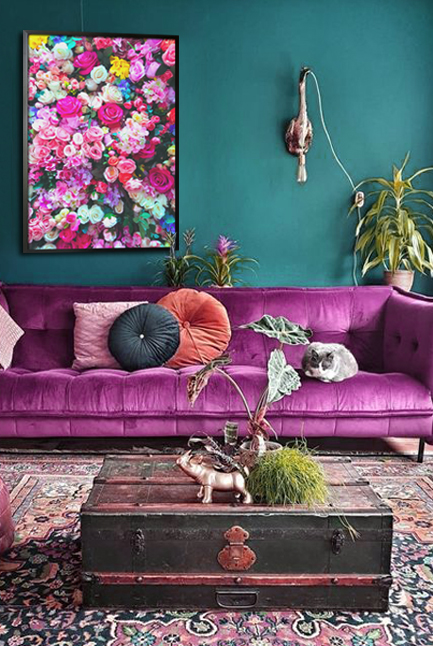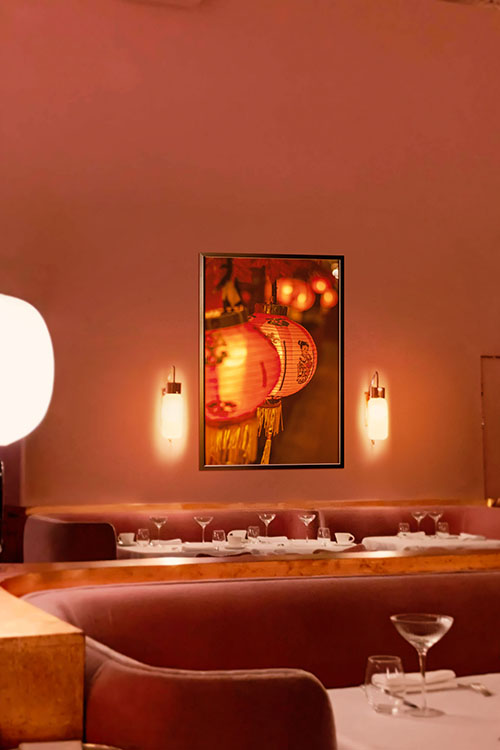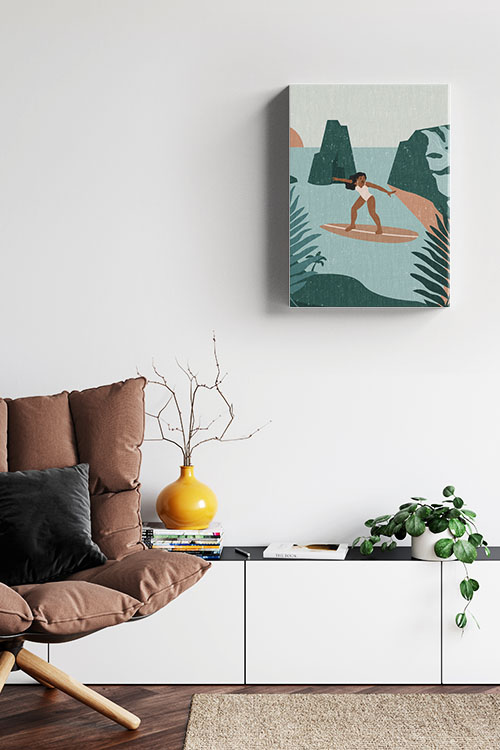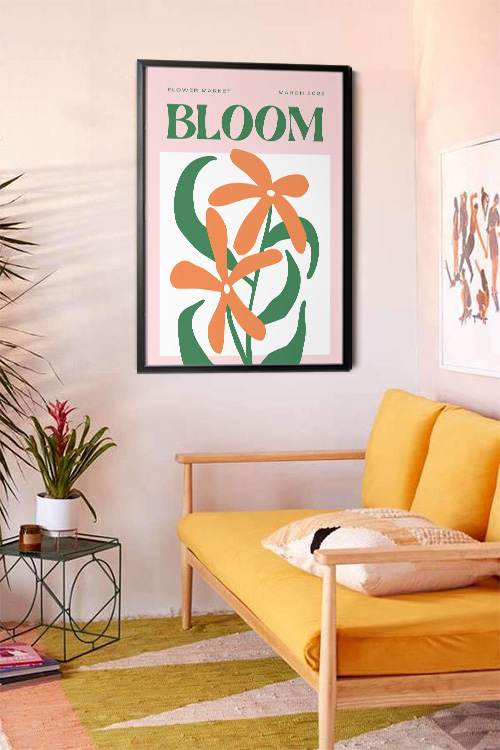
Your home is more than just a place to sleep—it is crucial to your overall health and well-being. Even if your current design is not optimal, there’s always room for improvement. A well-designed home can enhance physical health, reduce stress, and promote mental clarity. By incorporating wellness design principles, you can create a living environment that nurtures both body and mind. Here’s how your home can affect your health and what you can do to optimize it.
Air Quality and Ventilation
Indoor air quality significantly impacts respiratory health. Poor ventilation can lead to dust, mold, and toxin buildup, which may cause allergies, asthma, and other health problems. To improve air quality:
- Use air purifiers to remove pollutants and allergens.
- Invest in houseplants like peace lilies or snake plants, which naturally filter the air.
- Open windows regularly to allow fresh air to circulate.
- Choose non-toxic paints, furniture, and cleaning products to reduce volatile organic compounds (VOCs).
Natural Light and Circadian Rhythms
Exposure to natural light is essential for regulating sleep cycles and boosting mood. A poorly lit home can lead to eye strain, fatigue, and even seasonal affective disorder (SAD). To maximize natural light:
- Position furniture near windows to take advantage of sunlight.
- Use light-colored walls and reflective surfaces to enhance brightness.
- Install skylights or larger windows if possible.
- Use bright lighting that mimics natural daylight to maintain a healthy sleep-wake cycle.
Comfortable and Supportive Furniture
How you furnish your home affects posture, movement, and overall comfort. Poorly designed furniture can contribute to back pain and poor circulation. To create an ergonomic home environment:
- Choose chairs and sofas that provide adequate lumbar support.
- Invest in a high-quality mattress to ensure restful sleep.
- Arrange your workspace with an ergonomic chair and desk to prevent strain.
- Use standing desks or adjustable workstations to promote movement.
Noise Control and Acoustic Comfort
Excessive noise can lead to stress, difficulty concentrating, and sleep disturbances. To create a more peaceful environment:
- Use thick curtains, rugs, and soft furnishings to absorb sound.
- Install double-pane windows to reduce outdoor noise.
- Create designated quiet zones for relaxation and meditation.
- Consider white noise machines or soundproofing solutions for better acoustic control.
Biophilic Design: Bringing Nature Indoors
Incorporating natural elements into your home can reduce stress, improve cognitive function, and enhance overall well-being. To embrace biophilic design:
- Add indoor plants to improve air quality and create a calming atmosphere.
- Use natural wood, stone, and bamboo in decor and furniture.
- For a soothing effect, incorporate water features, such as fountains or aquariums.
- Create outdoor living spaces like patios or balconies with greenery.
Decluttering and Organization
A cluttered home can contribute to stress and anxiety. Keeping your space organized helps create a sense of calm and control. To minimize clutter:
- Adopt a minimalist approach to home decor.
- Use sinnovativestorage solutions like baskets, shelves, and hidden compartments.
- Develop a habit of regular decluttering and donating unused items.
- Create designated spaces for daily essentials to maintain order.
In a Nutshell
Your home environment has a profound impact on your physical and mental health. By incorporating elements of wellness design—such as improving air quality, maximizing natural light, choosing ergonomic furniture, controlling noise, embracing nature, and maintaining organization—you are not just creating a space, but a lifestyle that promotes well-being. Investing in a healthy home is an investment in a healthier, happier life, and the benefits will be felt for years to come.
